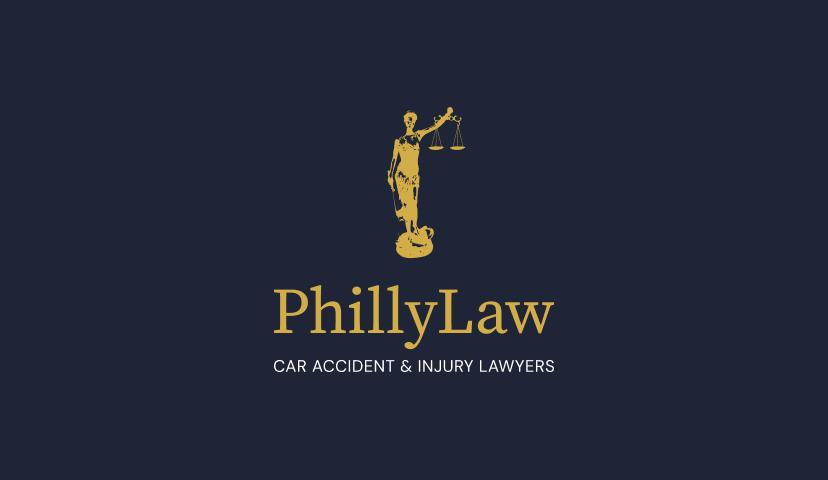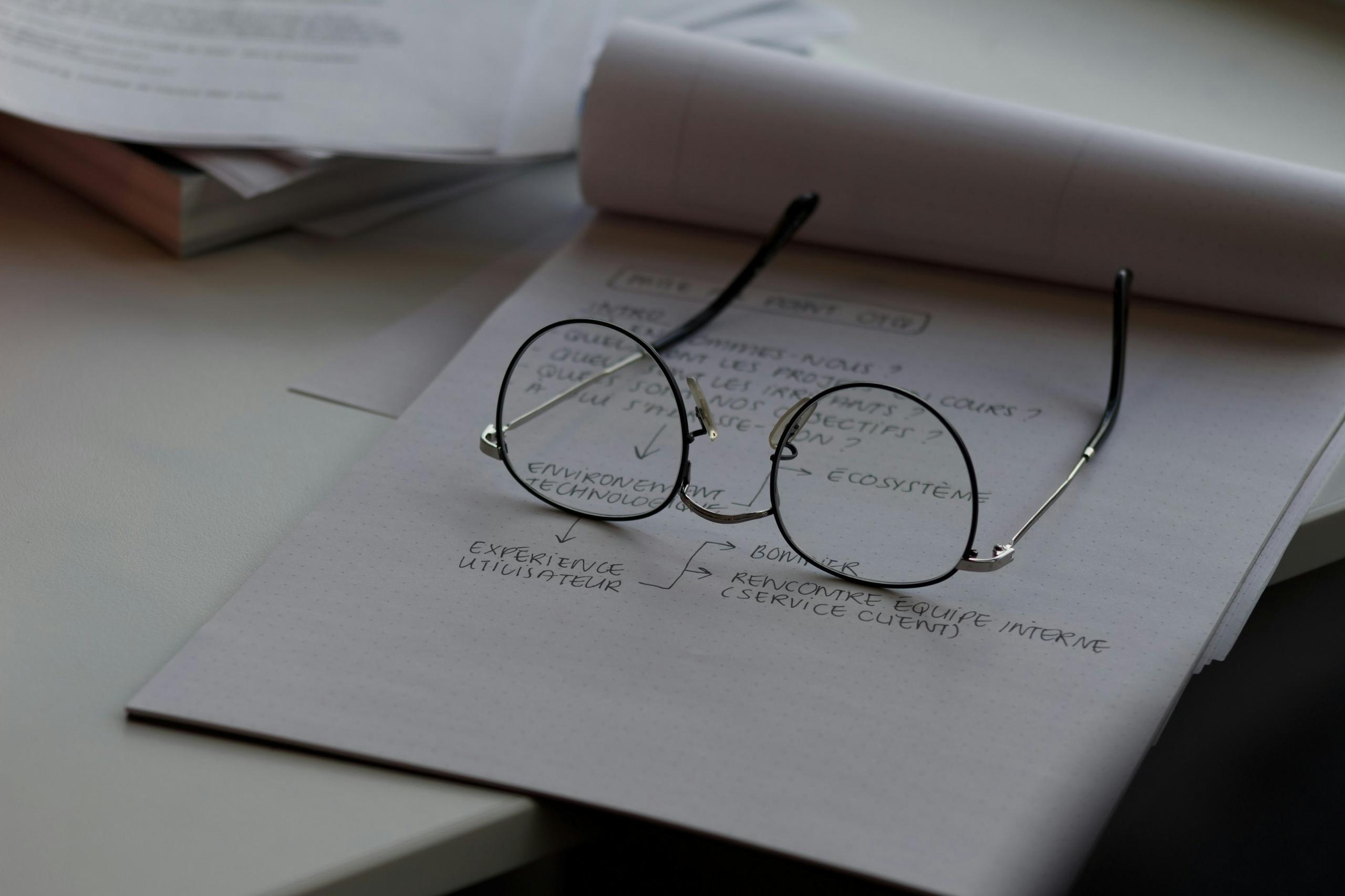Table of Contents
Common Back Injuries From Car Accidents
Back pain after a car crash can vary in intensity from mild muscle spasms to severe pain. One of the most common back injuries is the soft tissue injury known as whiplash, which affects the upper spine due to sudden movement. Lumbar sprains occur when ligaments in the lower back are stretched or torn, leading to pain and stiffness. Herniated discs, another frequent outcome that can cause back pain, happen when the cushioning between the spinal vertebrae is pushed out, causing nerve irritation and severe discomfort. More severe cases might involve spinal fractures or dislocations, which can have lasting consequences on mobility and quality of life.
These back injuries underscore the importance of seeking immediate medical attention following a car accident. Additionally, an experienced car accident attorney at PhillyLaw will offer a free consultation to help explain your options if you are suffering back pain after a car accident. Their skilled legal team specializes in car accident cases and is well-versed in the complexities of back injuries resulting from such incidents. They can provide valuable guidance on seeking compensation for medical expenses, lost wages, and other damages to ensure you receive the support necessary for your recovery process.
Different Types of Back Injuries Caused by a Car Accident
Car accidents can lead to various back injuries, each with unique symptoms and treatment requirements. Some of the most prevalent include:
Whiplash
Whiplash back injuries in car accidents are generally the result of rear-end collisions. The impact from the collision propels the occupant’s body forward while the head remains momentarily stationary due to inertia, leading to a rapid forward and backward movement of the head and neck. This motion can cause the muscles and ligaments in the neck and upper back to stretch beyond their normal range, resulting in whiplash. Factors such as the speed of the collision, the use of seat belts, and the position of the headrest can influence the severity of a whiplash injury.
Lumbar Sprains
Lumbar strains in a car accident typically occur due to the abrupt forces exerted on the body during impact. When a vehicle comes to a sudden stop or is hit, especially from the rear or side, the torso can be jerked violently, causing the muscles around the lower spine to stretch excessively or contract forcefully. This sudden and intense action can lead to muscle fibers being overstretched or torn, resulting in a lumbar strain. Factors like the position of the seat, whether the occupant was bracing for impact, and the direction of the crash significantly influence the likelihood and severity of lumbar strains.
Herniated Discs
Herniated discs occur during a car accident primarily through the violent jerking movements or the direct impact that places excessive pressure on the spine. This sudden and forceful motion can cause the discs, which act as cushions between the vertebrae, to shift or rupture. The displacement of these discs can lead to them pressing against spinal nerves, causing pain, numbness, or weakness in the extremities. The severity of a herniated disc can vary and can ultimately cause chronic pain, depending on the force of the crash and the physical condition of the individual involved, making prompt medical evaluation essential following an accident.
Spinal Cord Injuries
These are among the most severe injuries and can result in partial or complete paralysis. Spinal cord injuries resulting from car accidents are typically categorized by the location and completeness of the injury. The impact can damage any part of the spinal cord or nerves at the end of the spinal canal, causing permanent changes in strength, sensation, and other body functions below the injury site. These injuries are classified as either complete or incomplete, depending on whether all or some of the motor and sensory functions are affected.
Complete Spinal Cord Injuries
A complete spinal cord injury refers to a type of injury where there is a total loss of sensation and muscular function below the level of the injury. This means that both sides of the body are equally affected, resulting in paralysis (paraplegia or quadriplegia) depending on the injury’s location on the spinal cord. Complete spinal cord injuries occur when the spinal cord is fully compressed or severed, preventing nerve signals from traveling across the injury site. Individuals with such injuries face significant challenges and often require comprehensive medical care, including surgery, rehabilitation, and long-term assistance for daily activities. The road to recovery can be long, with the focus on maximizing independence and improving the quality of life.
Incomplete Spinal Cord Injuries
An incomplete spinal cord injury differs from its complete counterpart by the retention of some degree of sensation or motor function below the injury site. This means that the injured individual may have varying levels of control or feeling in affected areas of the body. The specific effects and recovery prospects can vary widely, depending on the extent of the injury to the spinal cord and its precise location.
In these cases, the spinal cord has been damaged but not entirely severed, allowing some signals to still travel between the brain and parts of the body below the injury. The outcomes of incomplete spinal cord injuries are generally more hopeful, with many individuals experiencing significant recovery over time, especially with prompt and intensive rehabilitation. The complexity of these injuries, however, requires a personalized treatment plan, which may include physical therapy, occupational therapy, and other specialized interventions aimed at maximizing the individual’s functional recovery.
The site of the injury along the spinal cord significantly influences the outcomes; injuries higher up in the spinal cord (towards the head) can result in tetraplegia (also known as quadriplegia), which affects all four limbs, while injuries lower down the spine may result in paraplegia, affecting only the lower body. The severity and location of these injuries dictate the extent of rehabilitation required and the individual’s long-term care needs.
Fractures of the Vertebrae
Vertebrae fractures occur in car accidents when the force exerted on the spine is so severe that it causes the bones in the vertebral column to break or shatter. This force can arise from direct impacts, such as hitting the dashboard or steering wheel, or from compression caused by the body being squeezed between seat and seatbelt or during a rollover accident. The nature of the injury can vary from hairline fractures, which may cause minimal symptoms, to more severe fractures that result in pieces of the vertebrae breaking away and potentially damaging the spinal cord or nerves. These injuries are not only extremely painful but can also lead to significant complications, including paralysis if the spinal cord is involved. Immediate medical attention is essential to assess the damage and to initiate appropriate treatment, which may involve immobilization, surgery, and rehabilitation to support the healing process and minimize long-term effects.
Spondylolisthesis
Spondylolisthesis resulting from a car accident often happens when the spine is subjected to a combination of forces such as twisting, compression, or hyperextension during the collision. This condition is characterized by one of the vertebrae slipping forward over the one below it, due to a stress fracture in the pars interarticularis, known as a pars fracture. It can lead to significant back pain, stiffness, and in severe cases, nerve compression, which can cause numbness, weakness, or pain radiating down the legs. The trauma from a car accident can either cause a new stress fracture leading to spondylolisthesis or exacerbate an existing condition, making prompt and thorough medical evaluation critical after an accident.
Facet Joint Injuries
Facet joint injuries are another common result of car accidents, particularly in situations involving sudden deceleration or impact from the rear. The facet joints, found on the back of the spinal column, allow for flexibility and movement in the spine. These joints can suffer from strains or sprains, dislocations, or even fractures during a car accident due to the forceful bending and twisting motions that occur upon impact. Symptoms of a facet joint injury can include localized pain, tenderness, and reduced mobility, making it difficult to twist or bend the back. Pain may also radiate along the affected nerves, potentially leading to referred pain in other areas of the body. Diagnosis often involves imaging studies such as X-rays or MRI scans to visualize the extent of the injury accurately.
Each of these injuries requires prompt medical attention to prevent further damage and to initiate the recovery process.
The Parts of the Back that Are Prone to Injury in a Car Accident
The human back is a complex structure comprised of bones, muscles, nerves, and other tissues extending from the neck to the pelvis. Injuries from car accidents can affect various parts of the back and cause back pain, each with its unique concerns and implications for overall health.
Cervical Spine
The cervical spine is the uppermost section of the spinal column, consisting of seven vertebrae (C1 to C7) between the skull and the thoracic spine. This area of the spine is crucial for supporting the head’s weight, which averages about 10 to 12 pounds, and enables a wide range of head movement including flexion, extension, rotation, and lateral bending. The cervical spine also houses the spinal cord, protecting it within the vertebral canal. The unique structure of the cervical vertebrae, along with the muscles and ligaments surrounding them, are instrumental in providing stability and flexibility to the neck. However, this mobility also makes the cervical spine particularly susceptible to injury, especially in events involving sudden force or impact, such as car accidents.
Understanding the Cervical Spine as Part of the Back
It’s essential to recognize that while the cervical spine is often discussed in the context of neck injuries and health, it is, in fact, considered part of the back. This categorization comes from its integral role in the overall structure and function of the spinal column, which supports the entire back. The cervical spine’s position as the upper part of the spinal column does classify it within the broader definition of back anatomy, despite its specific relation to neck movement and support. This clarification helps in understanding how injuries to the cervical spine are treated and categorized within the scope of back injuries, particularly in relation to car accidents, which can impact any section of the spine.
Thoracic Spine
The thoracic spine, encompassing the middle section of the back, plays a crucial role in stabilizing the torso and protecting the vital organs within the chest. Due to its relative rigidity and the protection offered by the ribcage, injuries to the thoracic spine are less common than those to the cervical or lumbar regions but can be particularly severe when they occur. Car accidents can lead to injuries such as compression fractures, where vertebrae are crushed; herniated discs, causing pain and discomfort; and even spinal cord damage, potentially resulting in paralysis. The seriousness of thoracic spine injuries makes immediate and comprehensive medical evaluation vital.
Lumbar Spine
The lumbar spine refers to the lower section of the backbone, extending from the end of the thoracic spine to the sacrum. It consists of five vertebrae, known as L1 through L5, and supports much of the body’s weight and enables a wide range of movements, including bending and twisting. This area plays a critical role in the stability, flexibility, and strength of the spine, making it a common site for injuries in car accidents and other traumatic events.
Sacral and Coccygeal Regions
Though less commonly impacted, the sacral and coccygeal regions at the very base of the spine can also sustain injuries leading to significant discomfort and mobility issues. Understanding the specific areas of the back that can be injured highlights the complexity of car accident injuries and the need for a comprehensive medical evaluation following an accident.
When You Have Back Pain After a Car Accident
If you experience back pain after a car accident, taking immediate and appropriate steps to address the situation is crucial.
Seek Medical Treatment
First, seek medical attention as soon as possible. Visiting a healthcare provider or a hospital immediately after the incident can help diagnose any underlying injuries, particularly in the case of delayed back pain. It’s also important to follow through with the prescribed treatment plan, which may include medication, physical therapy, or further diagnostic tests like MRIs or X-rays.
Document Your Medical Care
Document every aspect of your medical care for your back pain, including visits to specialists, medications prescribed, and how the injury impacts your daily life. This documentation can be vital for insurance claims or potential legal action.
Consult with an Experienced Car Accident Attorney
Consulting with the legal experts at PhillyLaw, who have extensive experience in car accident injuries, will provide guidance on your rights and the steps necessary to secure compensation for medical expenses, lost wages, and pain and suffering. Remember, legal advice can be critical in navigating the complexities of car accident claims, ensuring you receive the support and compensation you’re entitled to for your recovery. PhillyLaw can help you understand your rights when you have suffered back pain as a result of a car accident.
Common Treatment For Back Pain After a Car Accident
Common treatments for back pain following a car accident typically start with conservative approaches, such as rest, ice, and heat therapy, which help reduce inflammation and alleviate pain. Over-the-counter pain medications and anti-inflammatories are often recommended to manage pain levels.
Physical therapy plays a crucial role in the recovery process. It provides targeted exercises to strengthen back muscles, improve flexibility, and enhance spinal stability. In more severe cases, treatments may escalate to include prescription pain relievers, muscle relaxants, or even epidural steroid injections to reduce nerve inflammation.
For those who do not respond to conservative treatment, surgical intervention may be necessary to repair structural damage and relieve pressure on the spinal cord or nerves. Each treatment plan is customized based on the severity of the injury, symptoms, and individual patient needs, aiming for a full recovery and return to daily activities.
We Are Here to Help You Recover If You are Suffering from Back Pain After a Car Accident
At PhillyLaw, we understand the profound impact that back pain can have on your daily life, especially when it results from an auto accident. Our team of experienced lawyers is dedicated to ensuring you know your rights and the options available to you during these challenging times. Whether it is negotiating with insurance companies, seeking compensation for medical expenses, or understanding the full scope of your legal rights, we are here to guide and support you every step of the way. If you are suffering from back pain following a car accident, do not hesitate to reach out to us for a free consultation to get the professional help you deserve.







